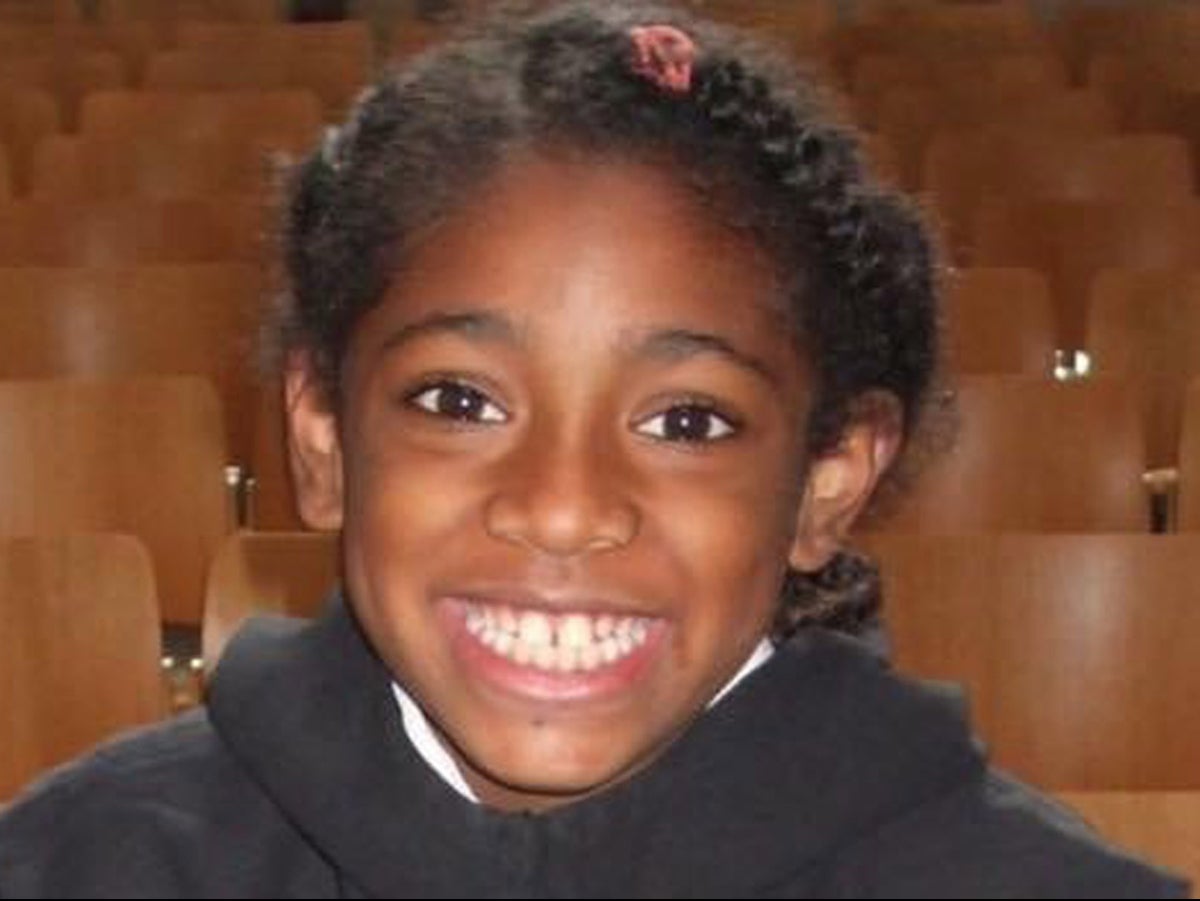
Black and Asian people, immigrant communities and the poorest families are the most likely to live in areas of London with the most dangerously polluted air, a study has found.
All areas in the English capital breach World Health Organisation (WHO) guidelines on levels of toxic compounds people are breathing in, experts warn.
Pollution increases the risk of developing heart and lung diseases, cancer, dementia and asthma, and reduces life expectancy. It is thought to cause tens of thousands of premature deaths in the UK every year.
Rosamund Adoo-Kissi-Debrah, the mother of Ella, Professor Chris Whitty, England’s chief medical officer, and Sadiq Khan attended a London clean air and health summit last year— (Getty Images)
But stark differences in air quality exist between the most and least deprived areas, as well as those with and without minority-ethnic-background populations.
The report warns that without significant action, by 2030 the entire population of London, including schools, hospitals and care homes, will still be exposed to levels of nitrogen dioxide and fine particulate matter that are above the WHO limits.
The study, commissioned by City Hall and carried out by an air-quality analysis company, comes three years after an inquest listed air pollution as a cause of the death of nine-year-old Ella Kissi-Debrah, who lived near the South Circular Road in southeast London, and died in 2013 following an asthma attack.
Her mother, Rosamund, has repeatedly warned that delays to new legislation to clean up air quality will cost lives.
The report says that Black Londoners in particular are living in areas with more polluted air and the areas of London with the lowest concentrations of toxins have disproportionately low Black, Asian and minority ethnic populations.
The inequality is greater in outer London, where just 29 per cent of residents in areas with the lowest nitrogen dioxide concentration are from a Black Asian and minority ethnic background, against 44 per cent in the inner London areas with the lowest levels.
The report, which looks at efforts to improve air quality in the capital between 2013 and 2019, said progress has been made to reduce pollution but more was needed.
It also shows that diaspora immigrant communities also tend to live in areas with higher concentrations of toxic air than the London average.
A pollution haze over the UK capital— (AFP via Getty Images)
Without further action, average nitrogen dioxide levels in such communities are expected to only fall slightly by 2030, the report authors warn.
Forecasts show that while the difference between the most and least deprived communities is falling, it will happen much more slowly between 2025 and 2030.
London mayor Sadiq Khan said: “We have made significant progress since 2016, but we need to continue making bold decisions to tackle toxic air in the capital.”
Professor Kevin Fenton, a London public health boss, said: “Air pollution is one of the biggest public health risks we face in the UK right now. Taking bold action to improve London’s air quality must continue to be a public health priority.”
Shabna Begum, co-chief executive of the Runnymede Trust said the demographic patterns highlighted by the report were largely prescribed by the “systemic racism that persists in our labour markets and housing system that restrict where we can live and work”.







